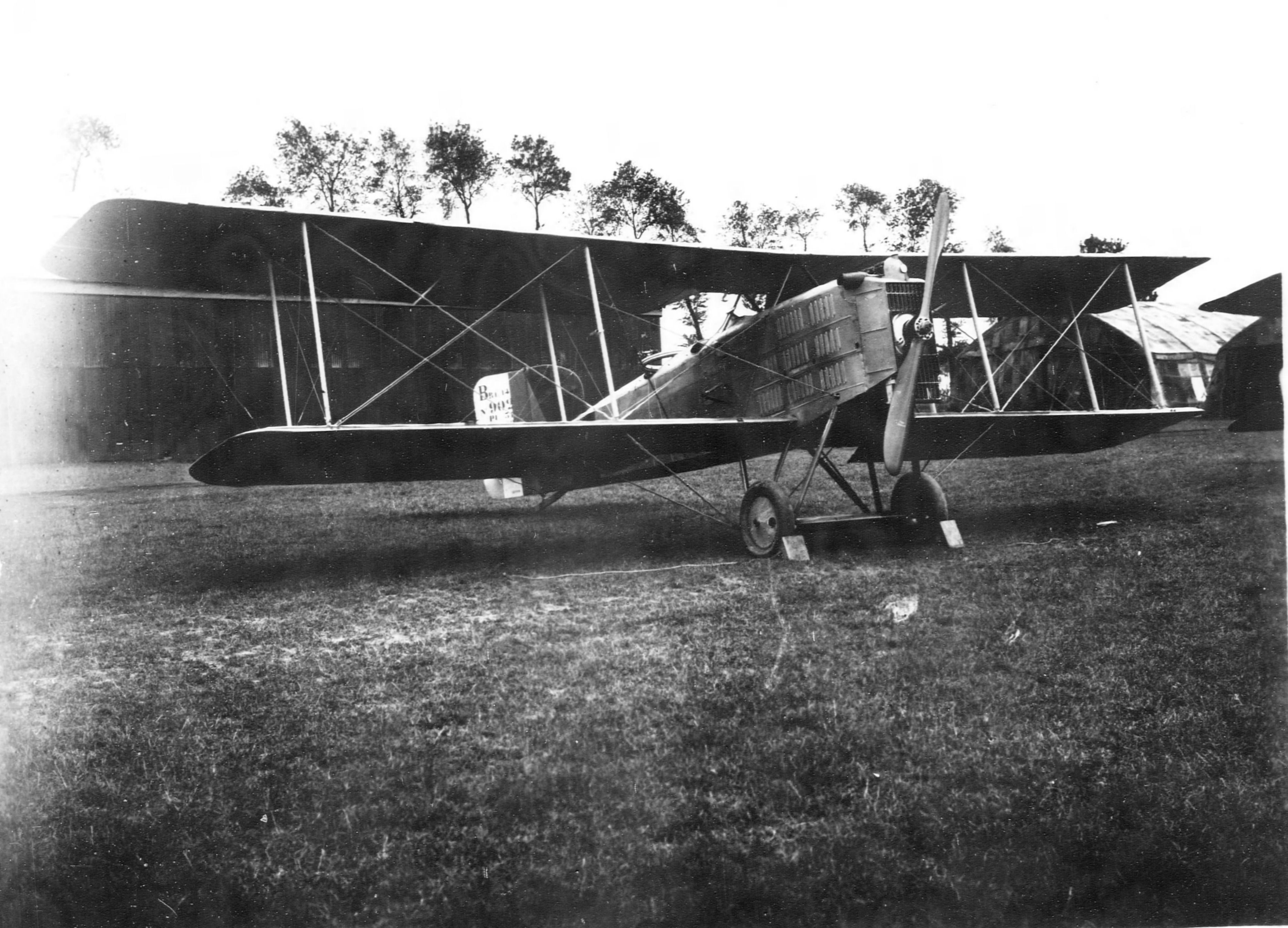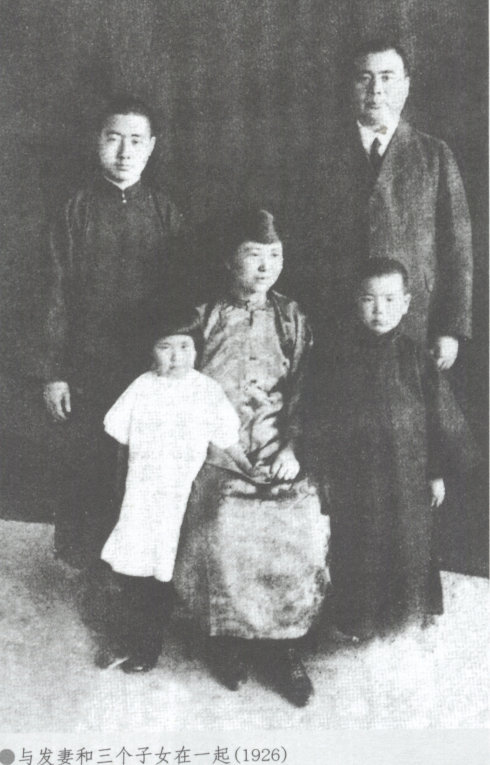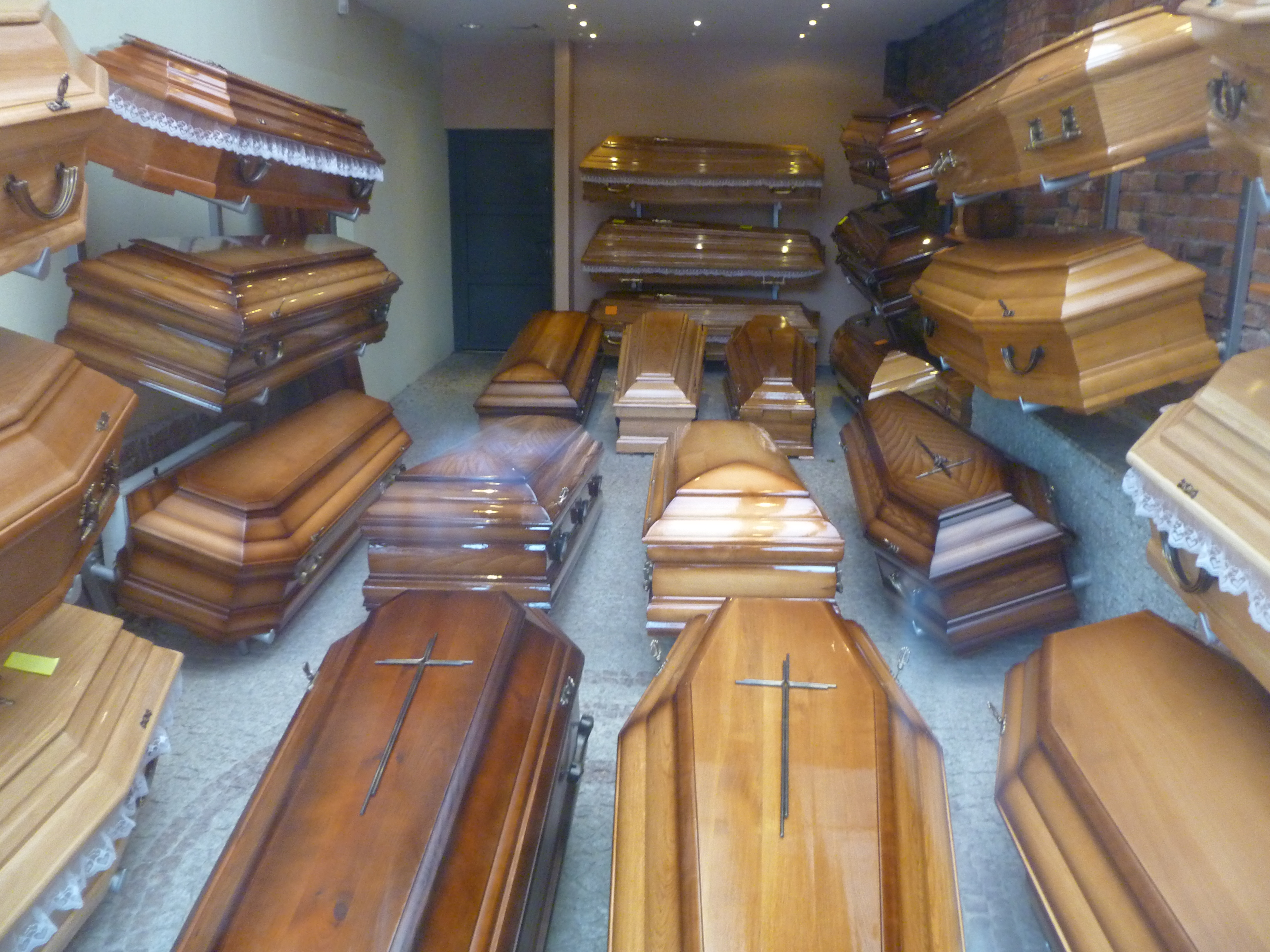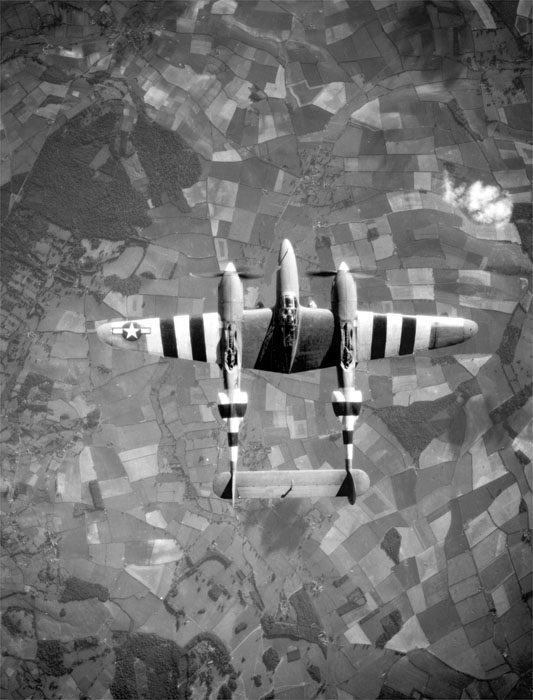|
Han–Liu War
The Han–Liu War () was a major military conflict in late 1932 between the private armies of Han Fuju and Liu Zhennian over Shandong. Even though Han as well as Liu were officially subordinates to the Chinese Nationalist government in Nanjing, both were effectively warlords with their own autonomous territories. Han Fuju controlled most of Shandong and had long desired to also capture the eastern part of the province, which was held by Liu. The tensions between the two eventually escalated, leading to a war that saw Han emerge victorious. He went on to rule Shandong unopposed for the next six years, while Liu was exiled to southern China. Background Despite the Chinese Nationalists' victory during the Northern Expedition in 1928 and the reunification of China under the Nanjing government, warlordism throughout the nation did not end. Many warlords had opportunistically sided with the Nationalists, and had been allowed to keep their private armies as well as territories as lon ... [...More Info...] [...Related Items...] OR: [Wikipedia] [Google] [Baidu] |
Feng Yuxiang
Feng Yuxiang (; ; 6 November 1882 – 1 September 1948), courtesy name Huanzhang (焕章), was a warlord and a leader of the Republic of China from Chaohu, Anhui. He served as Vice Premier of the Republic of China from 1928 to 1930. He was also known as the "Christian General" for his zeal to convert his troops and the "Traitorous General" for his penchant to break with the establishment. In 1911 he was an officer in the ranks of Yuan Shikai's Beiyang Army but joined forces with revolutionaries against the Qing dynasty. He rose to high rank within Wu Peifu's Zhili warlord faction but launched the Beijing Coup in 1924 that knocked Zhili out of power and brought Sun Yat-sen to Beijing. He joined the Nationalist Party (KMT), supported the Northern Expedition and became blood brothers with Chiang Kai-shek, but resisted Chiang's consolidation of power in the Central Plains War and broke with him again in resisting Japanese incursions in 1933. He spent his later years supporti ... [...More Info...] [...Related Items...] OR: [Wikipedia] [Google] [Baidu] |
Yantai
Yantai, Postal Map Romanization, formerly romanization of Chinese, known as Chefoo, is a coastal prefecture-level city on the Shandong Peninsula in northeastern Shandong province of People's Republic of China. Lying on the southern coast of the Bohai Strait, Yantai borders Qingdao on the southwest and Weihai on the east, with sea access to both the Bohai Sea (via the Laizhou Bay and the Bohai Strait) and the Yellow Sea (from both north and south sides of the Shandong Peninsula). It is the largest fishing industry in China, fishing seaport in Shandong. Its population was 6,968,202 during the 2010 Chinese census, 2010 census, of whom 2,227,733 lived in the built-up area made up of the 4 district (China), urban districts of Zhifu District, Zhifu, Muping District, Muping, Fushan District, Fushan and Laishan District, Laishan. Names The name Yantai (."Smoke Chinese pagoda, Tower") derives from the watchtowers constructed on in 1398 under the reign of the Hongwu Emperor of t ... [...More Info...] [...Related Items...] OR: [Wikipedia] [Google] [Baidu] |
Coffin
A coffin is a funerary box used for viewing or keeping a corpse, either for burial or cremation. Sometimes referred to as a casket, any box in which the dead are buried is a coffin, and while a casket was originally regarded as a box for jewelry, use of the word "casket" in this sense began as a euphemism introduced by the undertaker's trade. A distinction is commonly drawn between "coffins" and "caskets", using "coffin" to refer to a tapered hexagonal or octagonal (also considered to be anthropoidal in shape) box and "casket" to refer to a rectangular box, often with a split lid used for viewing the deceased as seen in the picture. Receptacles for cremated and cremulated human ashes (sometimes called cremains) are called urns. Etymology First attested in English in 1380, the word ''coffin'' derives from the Old French , from Latin , which means ''basket'', which is the latinisation of the Greek κόφινος (''kophinos''), ''basket''. The earliest attested form of the word ... [...More Info...] [...Related Items...] OR: [Wikipedia] [Google] [Baidu] |
Biplane
A biplane is a fixed-wing aircraft with two main wings stacked one above the other. The first powered, controlled aeroplane to fly, the Wright Flyer, used a biplane wing arrangement, as did many aircraft in the early years of aviation. While a biplane wing structure has a structural advantage over a monoplane, it produces more drag than a monoplane wing. Improved structural techniques, better materials and higher speeds made the biplane configuration obsolete for most purposes by the late 1930s. Biplanes offer several advantages over conventional cantilever monoplane designs: they permit lighter wing structures, low wing loading and smaller span for a given wing area. However, interference between the airflow over each wing increases drag substantially, and biplanes generally need extensive bracing, which causes additional drag. Biplanes are distinguished from tandem wing arrangements, where the wings are placed forward and aft, instead of above and below. The term is also ... [...More Info...] [...Related Items...] OR: [Wikipedia] [Google] [Baidu] |
Breguet 14
Breguet or Bréguet may refer to: * Breguet (watch), watch manufacturer **Abraham-Louis Breguet (1747–1823), Swiss watchmaker **Louis-François-Clement Breguet (1804–1883), French physicist, watchmaker, electrical and telegraph work * Bréguet Aviation, a defunct French aircraft manufacturer **Louis Charles Bréguet (1880–1955), French airplane designer * Breguet School, now known as École supérieure d'ingénieurs en électronique et électrotechnique ESIEE (previously named ''École Supérieure d'Ingénieurs en Électrotechnique et Électronique'') is a network of French graduate schools ("French Grande Ecole") composed of two graduate schools of engineering known as ESIEE Paris, ESIEE Amiens, ... (ESIEE) {{disambiguation ... [...More Info...] [...Related Items...] OR: [Wikipedia] [Google] [Baidu] |
Trainer (aircraft)
A trainer is a class of aircraft designed specifically to facilitate flight training of pilots and aircrews. The use of a dedicated trainer aircraft with additional safety features—such as tandem flight controls, forgiving flight characteristics and a simplified cockpit arrangement—allows pilots-in-training to safely advance their skills in a more forgiving aircraft. Civilian pilots are normally trained in a light aircraft, with two or more seats to allow for a student and instructor. Tandem and side by side The two seating configurations for trainer aircraft are: pilot and instructor side by side, or in tandem, usually with the pilot in front and the instructor behind. The side-by-side seating configuration has the advantage that pilot and instructor can see each other's actions, allowing the pilot to learn from the instructor and the instructor to correct the student pilot. The tandem configuration has the advantage of being closer to the normal working environment that ... [...More Info...] [...Related Items...] OR: [Wikipedia] [Google] [Baidu] |
Aerial Reconnaissance
Aerial reconnaissance is reconnaissance for a military or strategic purpose that is conducted using reconnaissance aircraft. The role of reconnaissance can fulfil a variety of requirements including artillery spotting, the collection of imagery intelligence, and the observation of enemy maneuvers. History Early developments After the French Revolution, the new rulers became interested in using the balloon to observe enemy manoeuvres and appointed scientist Charles Coutelle to conduct studies using the balloon ''L'Entreprenant'', the first military reconnaissance aircraft. The balloon found its first use in the 1794 conflict with Austria, where in the Battle of Fleurus they gathered information. Moreover, the presence of the balloon had a demoralizing effect on the Austrian troops, which improved the likelihood of victory for the French troops. To operate such balloons, a new unit of the French military, the French Aerostatic Corps, was established; this organisatio ... [...More Info...] [...Related Items...] OR: [Wikipedia] [Google] [Baidu] |
Bomber
A bomber is a military combat aircraft designed to attack ground and naval targets by dropping air-to-ground weaponry (such as bombs), launching aerial torpedo, torpedoes, or deploying air-launched cruise missiles. The first use of bombs dropped from an aircraft occurred in the Italo-Turkish War, with the first major deployments coming in the World War I, First World War and World War II, Second World War by all major airforces causing devastating damage to cities, towns, and rural areas. The first purpose built bombers were the Italy, Italian Caproni Ca 30 and United Kingdom, British Bristol T.B.8, both of 1913. Some bombers were decorated with nose art or victory markings. There are two major classifications of bomber: strategic and tactical. Strategic bombing is done by heavy bombers primarily designed for long-range bombing missions against strategic targets to diminish the enemy's ability to wage war by limiting access to resources through crippling infrastructure or reduci ... [...More Info...] [...Related Items...] OR: [Wikipedia] [Google] [Baidu] |
Artillery
Artillery is a class of heavy military ranged weapons that launch munitions far beyond the range and power of infantry firearms. Early artillery development focused on the ability to breach defensive walls and fortifications during sieges, and led to heavy, fairly immobile siege engines. As technology improved, lighter, more mobile field artillery cannons developed for battlefield use. This development continues today; modern self-propelled artillery vehicles are highly mobile weapons of great versatility generally providing the largest share of an army's total firepower. Originally, the word "artillery" referred to any group of soldiers primarily armed with some form of manufactured weapon or armor. Since the introduction of gunpowder and cannon, "artillery" has largely meant cannons, and in contemporary usage, usually refers to shell-firing guns, howitzers, and mortars (collectively called ''barrel artillery'', ''cannon artillery'', ''gun artillery'', or - a layman t ... [...More Info...] [...Related Items...] OR: [Wikipedia] [Google] [Baidu] |
Breguet 14 - Front
Breguet or Bréguet may refer to: * Breguet (watch), watch manufacturer **Abraham-Louis Breguet (1747–1823), Swiss watchmaker **Louis-François-Clement Breguet (1804–1883), French physicist, watchmaker, electrical and telegraph work * Bréguet Aviation, a defunct French aircraft manufacturer **Louis Charles Bréguet (1880–1955), French airplane designer * Breguet School, now known as École supérieure d'ingénieurs en électronique et électrotechnique ESIEE (previously named ''École Supérieure d'Ingénieurs en Électrotechnique et Électronique'') is a network of French graduate schools ("French Grande Ecole") composed of two graduate schools of engineering known as ESIEE Paris, ESIEE Amiens, ... (ESIEE) {{disambiguation ... [...More Info...] [...Related Items...] OR: [Wikipedia] [Google] [Baidu] |
Red Spears' Uprising In Shandong (1928–1929)
The Red Spear Society staged a major uprising in 1928–1929 against the rule of Liu Zhennian, the Nationalist government-aligned warlord ruler of eastern Shandong province in Republican China. Motivated by their resistance against high taxes, rampant banditry and the brutality of Liu's private army, the Red Spear peasant insurgents captured large areas on the Shandong Peninsula and were able to set up a proto-state in Dengzhou county. Despite this, the whole insurgency was eventually crushed by Liu in late 1929. Background The Red Spear Society was a movement and network of peasant self-defense and vigilante militias that sprung up throughout China in response to the chaos of the Warlord Era in the 1910s and 1920s. As the influence of the Red Spears grew, branches of the movement were set up in several Chinese provinces, such as Shandong. The largest area of Red Spears activity in Shandong was its western counties, while the Shandong Peninsula in the east remained rela ... [...More Info...] [...Related Items...] OR: [Wikipedia] [Google] [Baidu] |




.jpg)


.jpg)

